Newcomers to Overwatch may find support heroes daunting. It’s not an easy job to keep the rest of a team alive, especially with the pressure of getting kills themselves being high. But support heroes don’t have to be scary: Many of Overwatch’s support heroes can make a big impact on the game even in the hands of a new player.
Here’s our ranking of Overwatch’s support heroes from hardest to master through easiest to play.
Ana
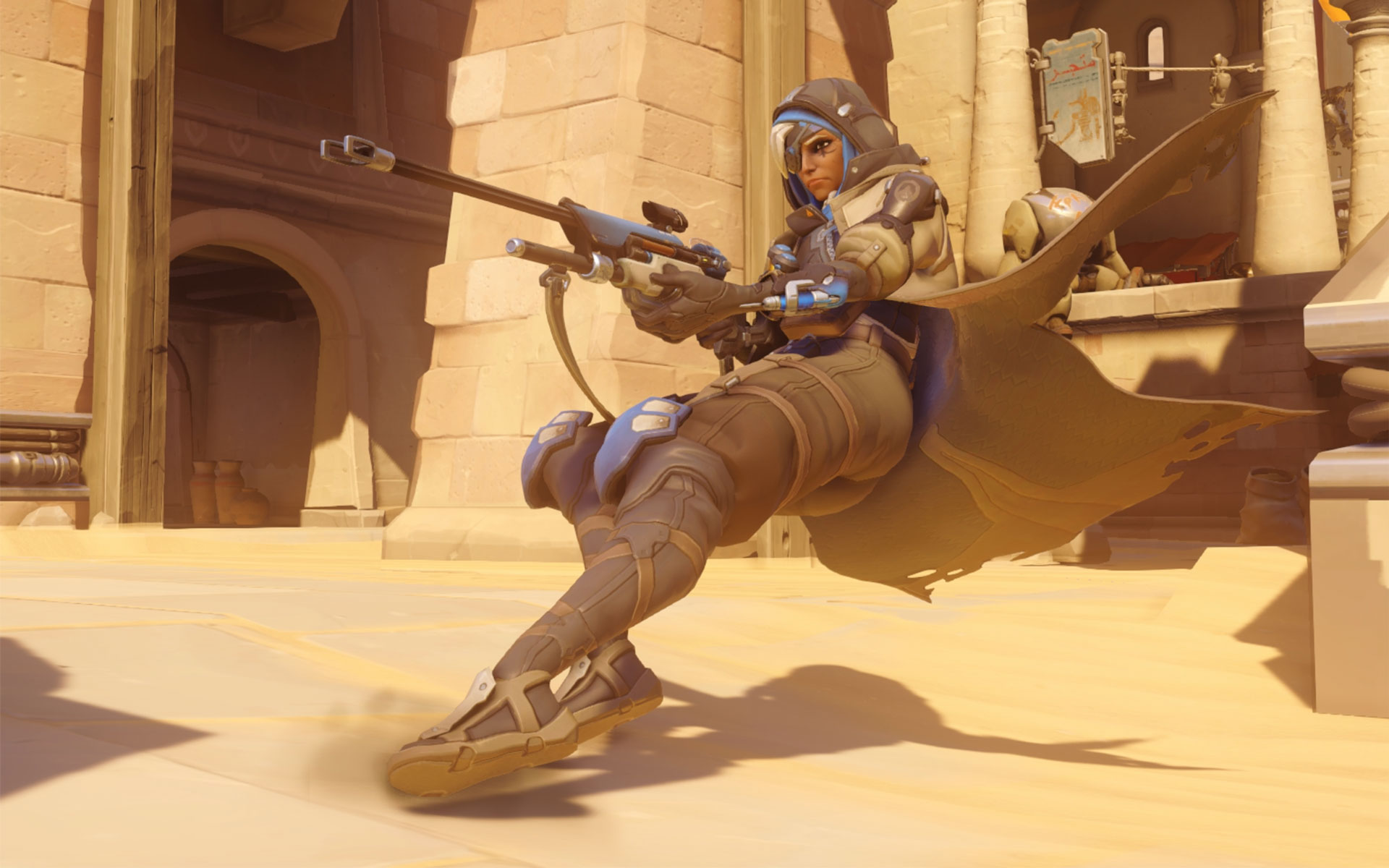
Because she wields a sniper rifle, Ana needs a player who can master precise aiming. She’s one of the most challenging Overwatch heroes to play in general—which is why she’s the hardest support character to play. Because Ana can do damage to enemy players and heal her allies, Ana players must master situational awareness, know when healing needs to be prioritized, and know when it’s a good time to do some extra damage. Two of her abilities have dual usages: her Biotic Rifle and Biotic Grenades. Everyone is a target for Ana with these two abilities, so expert level decision making is a must.
Biotic Grenades do damage to enemies and heal allies, but also prevent enemies from healing, too, which just adds another layer of depth to her kit. Both Nano Boost and Sleep Dart support allied teams without healing. Sleep Dart is used to take a key enemy out of a fight, while Nano Boost powers up an important ally. Without communication, these abilities become much less useful, which is why she’s so hard to master.
Zenyatta
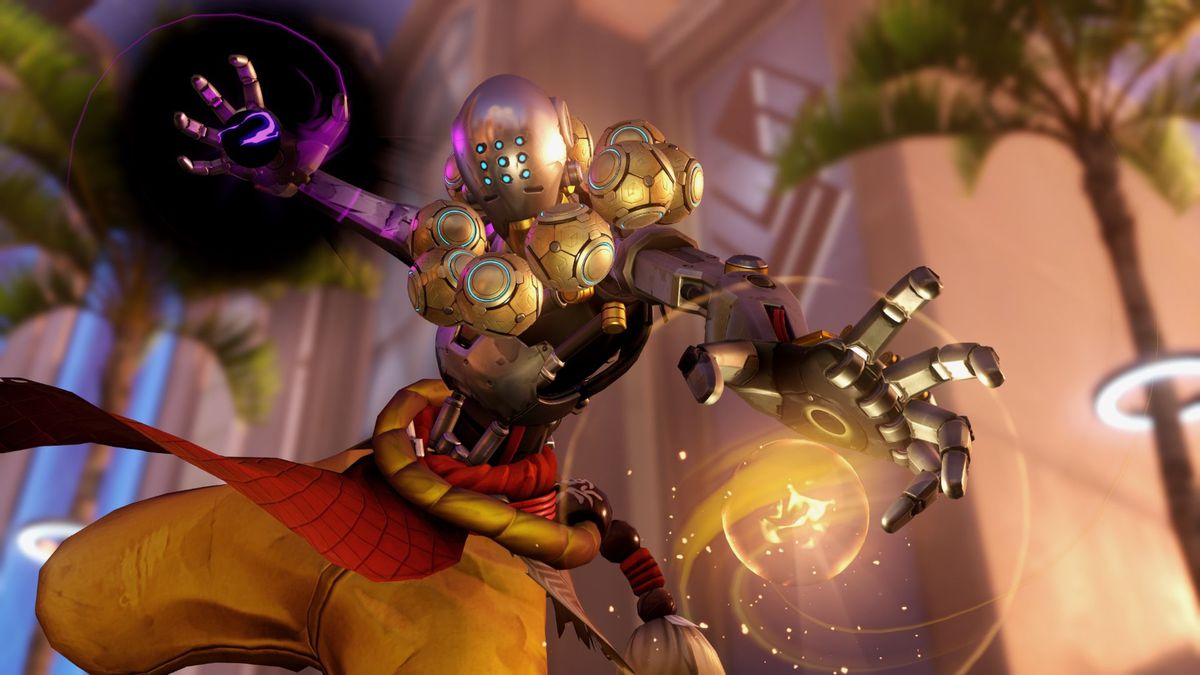
Like Ana players, Zenyatta players need to have good aim if they’re to be effective. Zenyatta has the potential to do a lot of damage with his Energy Orbs—and they’re really accurate. It’s important to make sure the Orb of Harmony is healing allies and the Orb of Discord is making enemies vulnerable, but there’s a lot of potential for damage dealing with Zenyatta.
Communication, as with Ana, is essential to becoming a great Zenyatta player. Players have to know who needs healing, while communicating with their own team about who’s been discorded. Likewise, Transcendence, Zenyatta’s ultimate, is more than just doing mass healing to your team. It’s an important skill for shutting down enemy abilities, most notably, Sombra’s EMP. It requires a lot of skill and exceptional game sense to really know when to use it best—and that only comes from playing the game a ton.
Related: Overwatch Zenyatta guide: Strategy, tips, and tricks
Symmetra
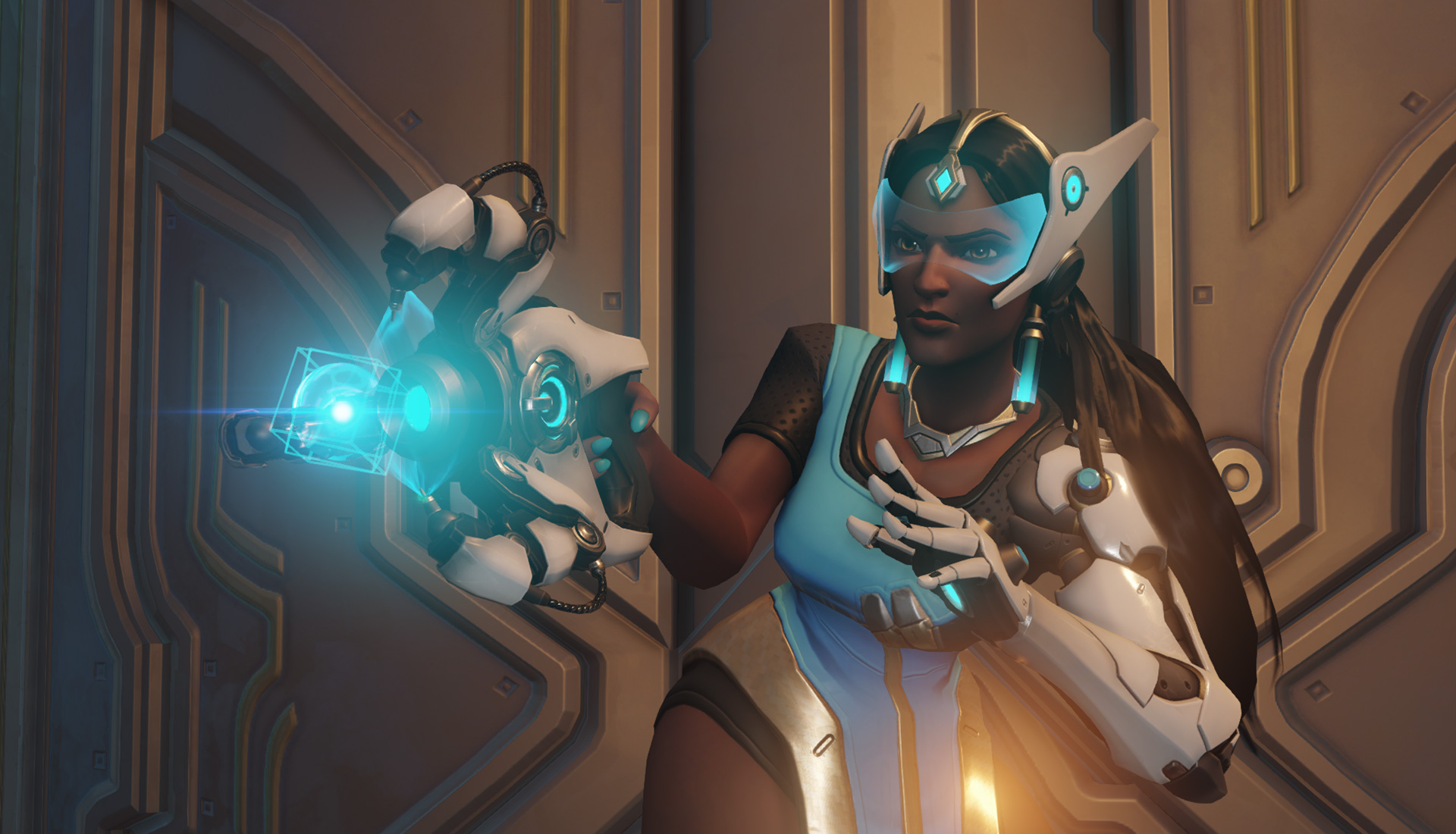
Symmetra isn’t necessarily hard to play when it comes to aim, but if a Symmetra player wants to make a large impact on the game, they’re going to have to put in work. Symmetra’s weapon locks onto enemies itself, which makes it easy to use. The items that Symmetra places as part of her kit, however, require some skill. Players will want to place her turrets, Teleporter, and Shield in areas that they won’t get immediately destroyed, but still be beneficial to her teammates. Knowing where to put things down means having some knowledge of the map, which won’t be immediately available to new players.
Lucio
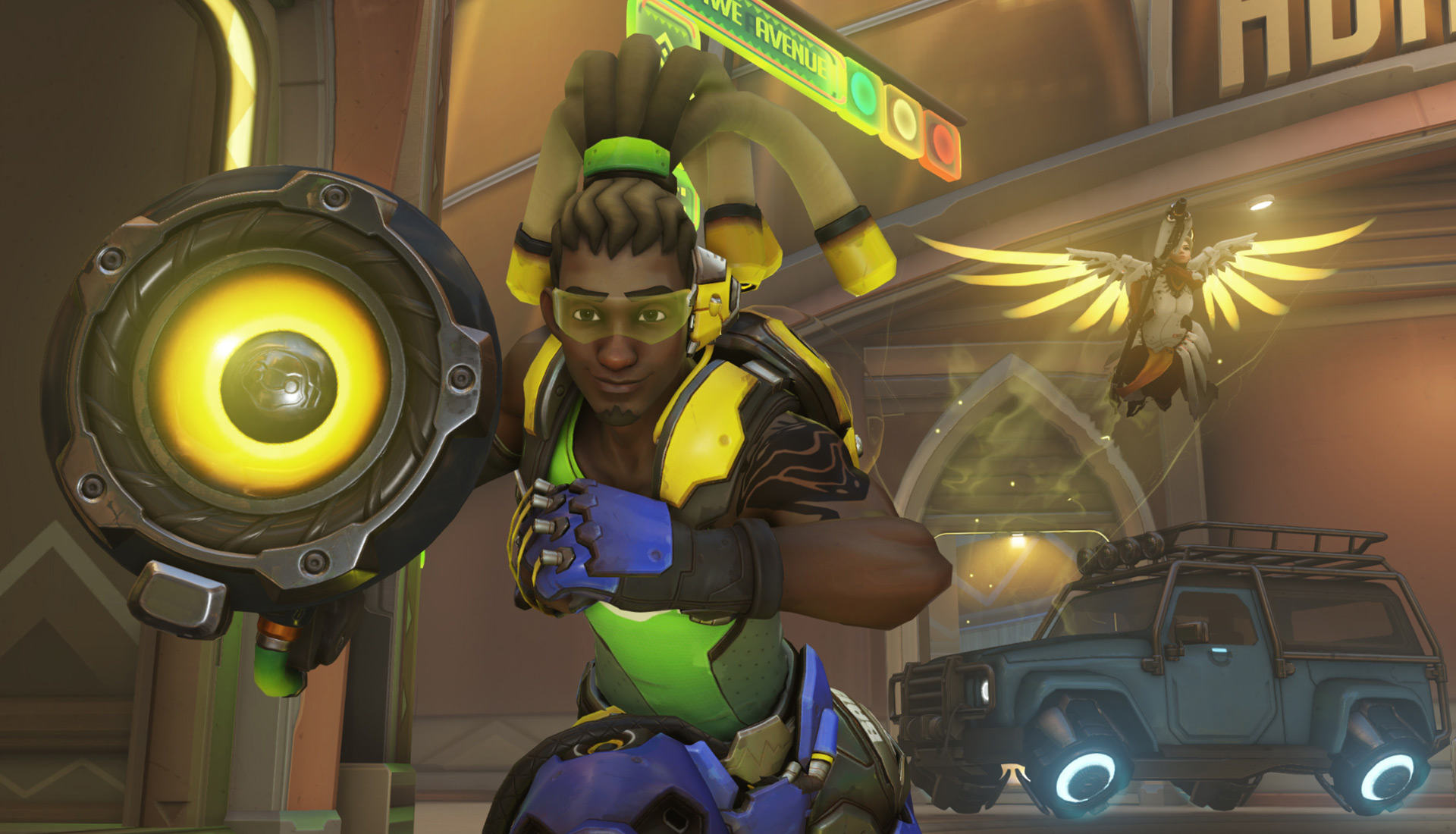
One of the easier heroes to pick up and go with is Lucio. His kit is friendly to newcomers, but he still requires a bit of skill to play exceptionally well. Crossfade is a big part of the kit, which allows players to switch between healing and speed. A lot of new players end up keeping healing on at all times, which is fine at lower levels, but will need adjustment to climb up the ranks.
By picking up Lucio and entering a game as a new player, newcomers can make an impact immediately if they stay with their team and keep healing, all while spamming his weapon projectiles, which is why we’ve listed him as one of the easier support heroes. But to play Lucio well, you’ll need to practice all his abilities.
Mercy
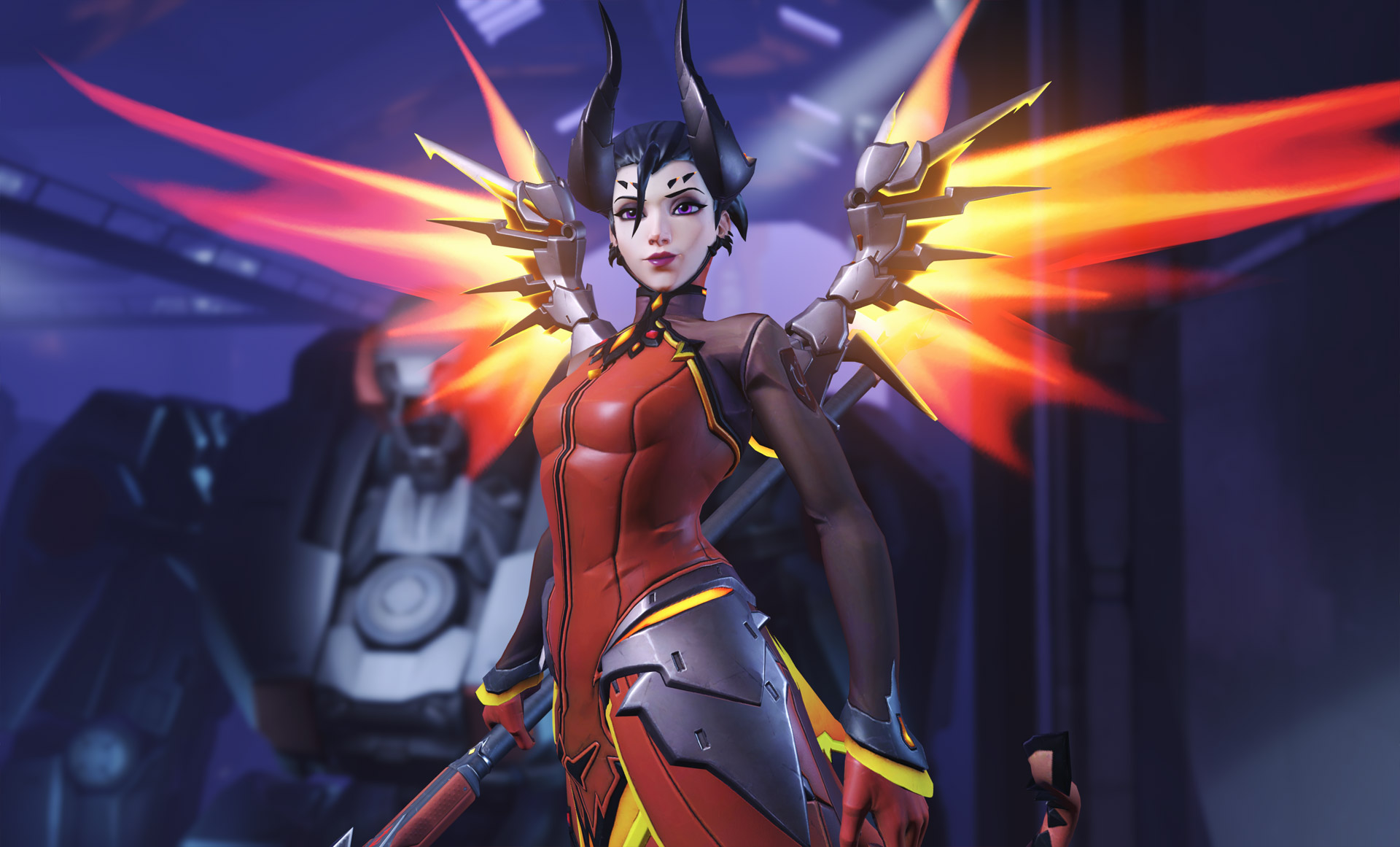
Mercy can do a lot of healing with few clicks, but that doesn’t make her easy, or bad to play. While she’s one of the more newbie-friendly support heroes, there are a few things players will want to know before picking her up. Positioning, most notably, is important with Mercy. Because she’s healing or boosting all the time, she can’t defend herself. And unless a Mercy player is playing with a team that wants to protect her, she’ll need good positioning to keep herself out of enemy sights.
Know the maps. Keep eyes on the enemies. Mercy players need to learn to be aware of their surroundings at all times, which makes her hard to play at a high level.
Mercy is, however, getting a serious rework in the coming weeks. Her kit is being revamped, moving her Resurrect to a secondary ability and adding a new ultimate, Valkyrie. Her rework will likely bump her up on this list considerably, but we’ll have to wait to know more.



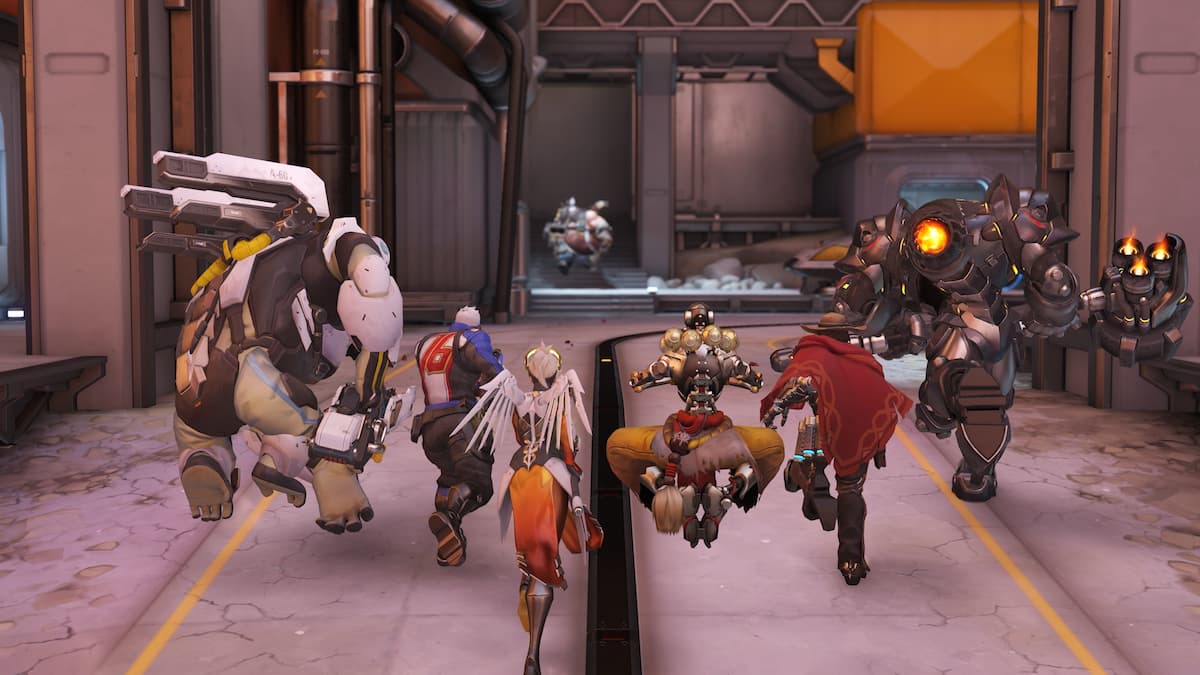

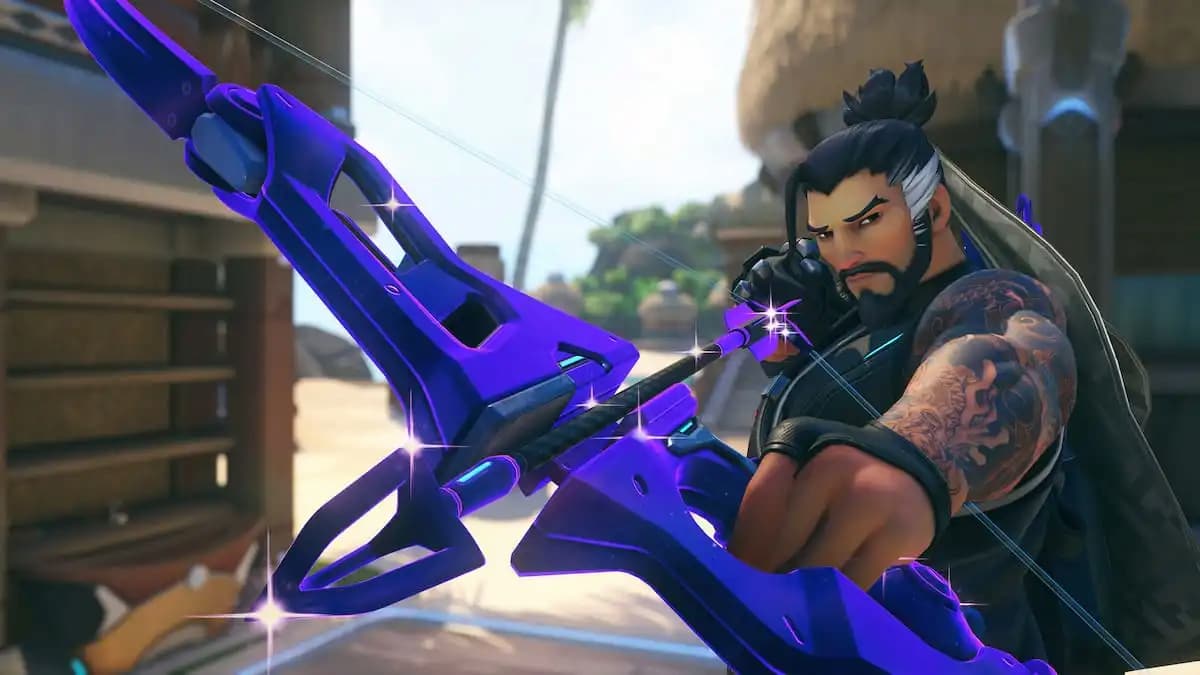

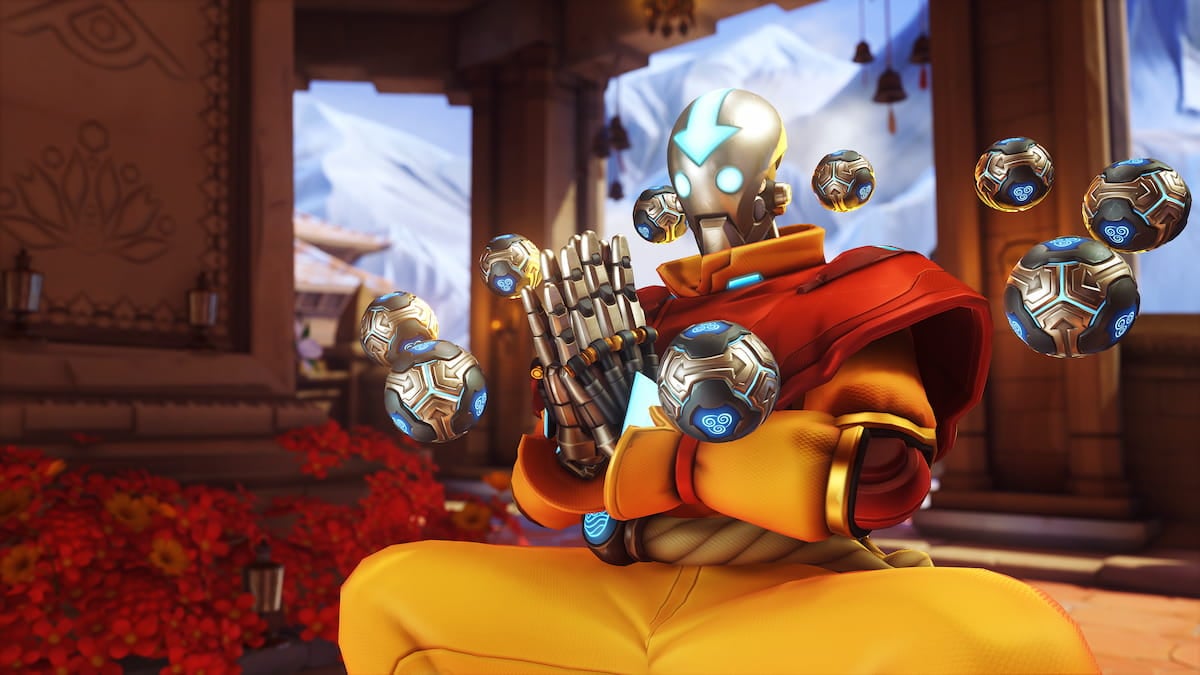
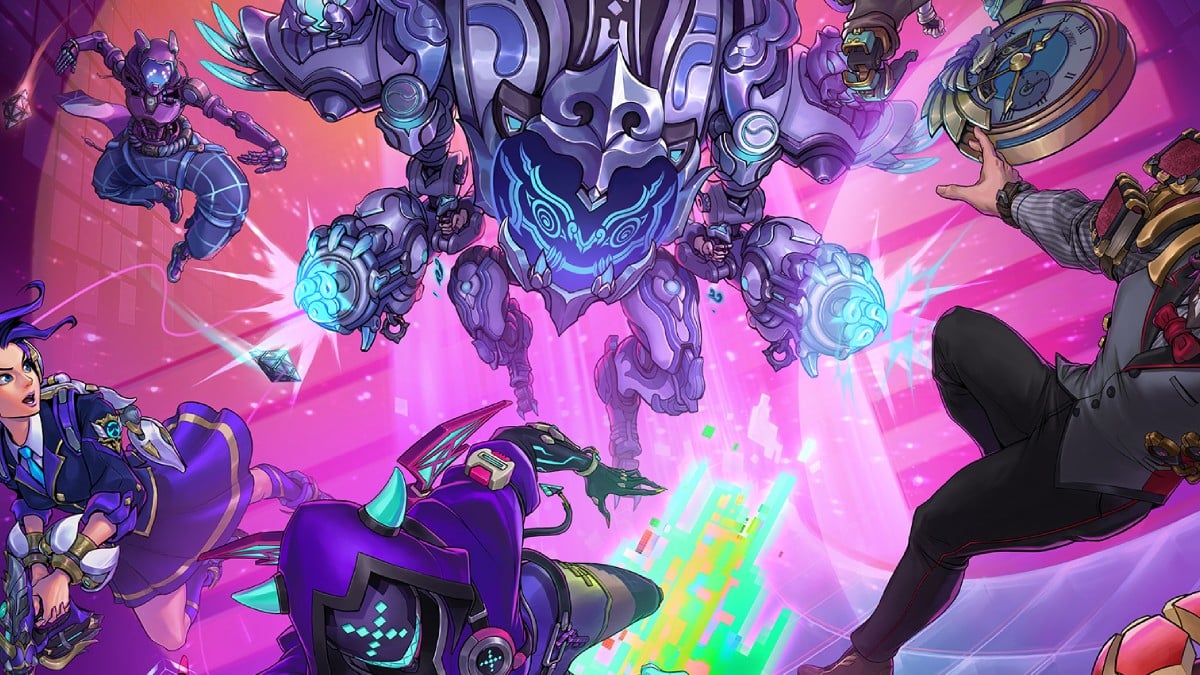
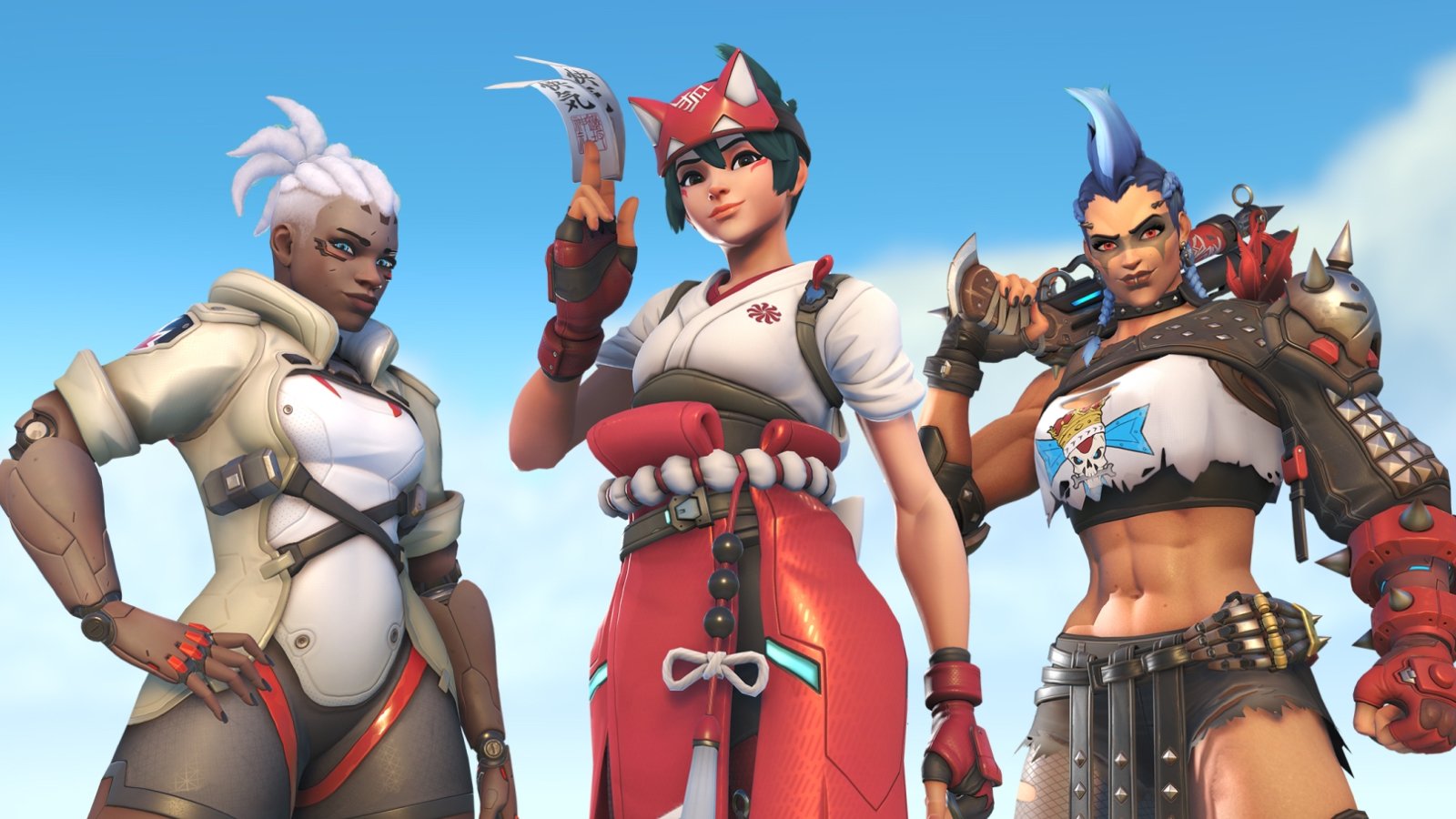
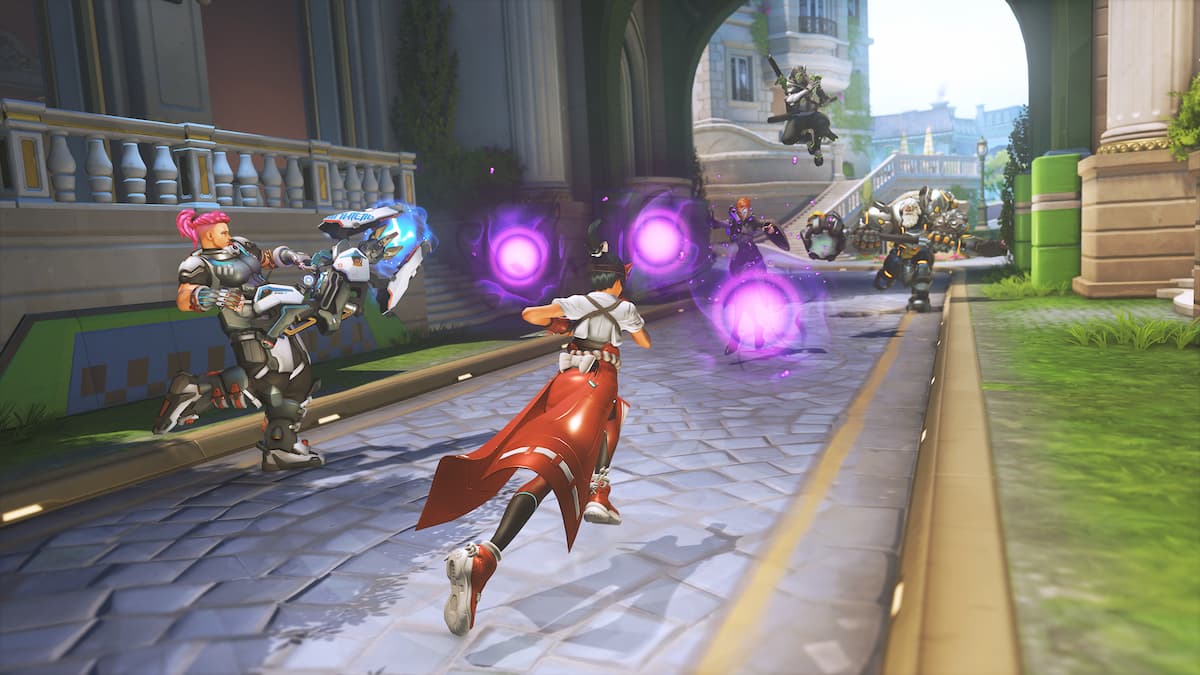
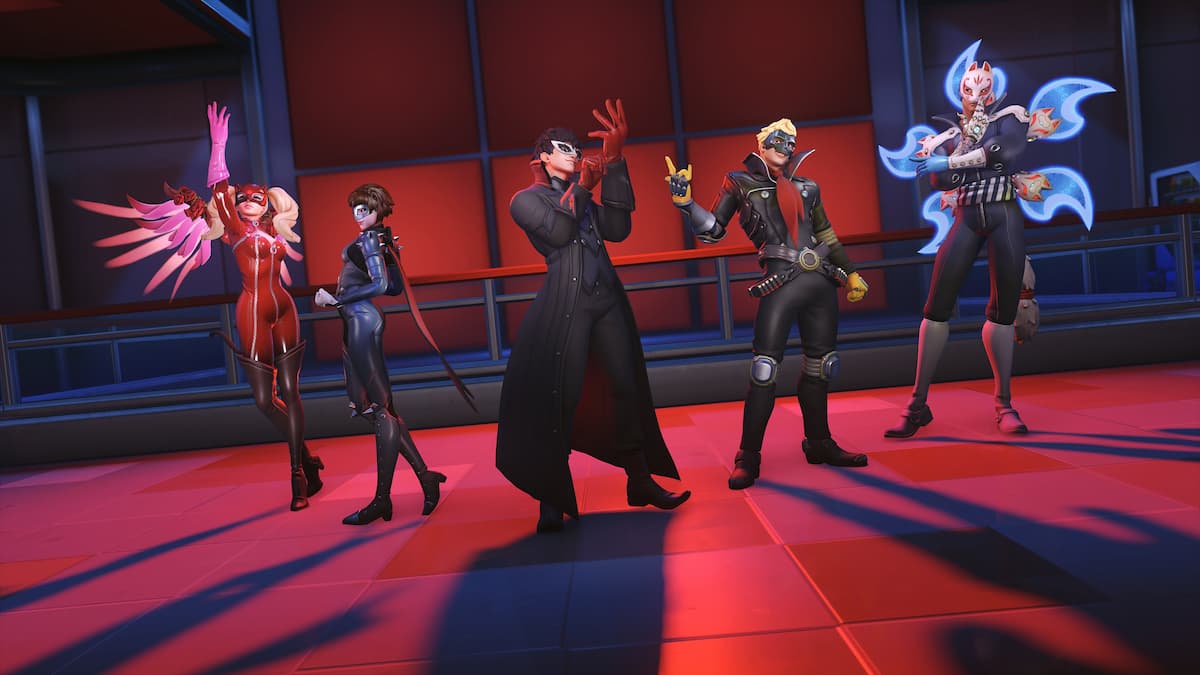
Published: Sep 14, 2017 01:49 pm